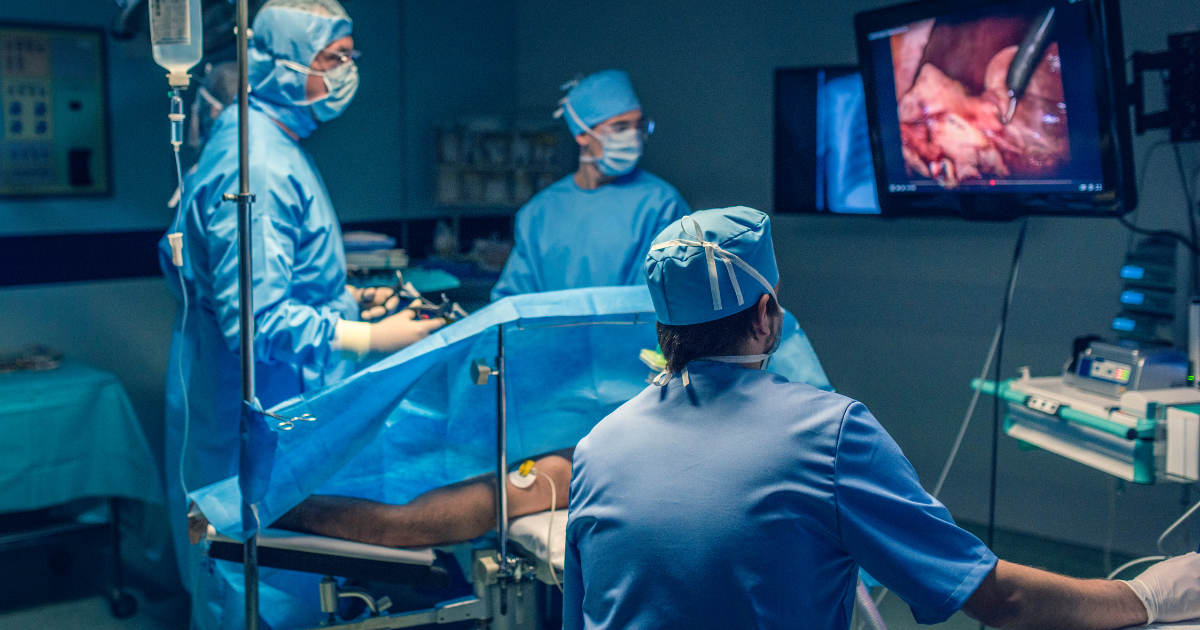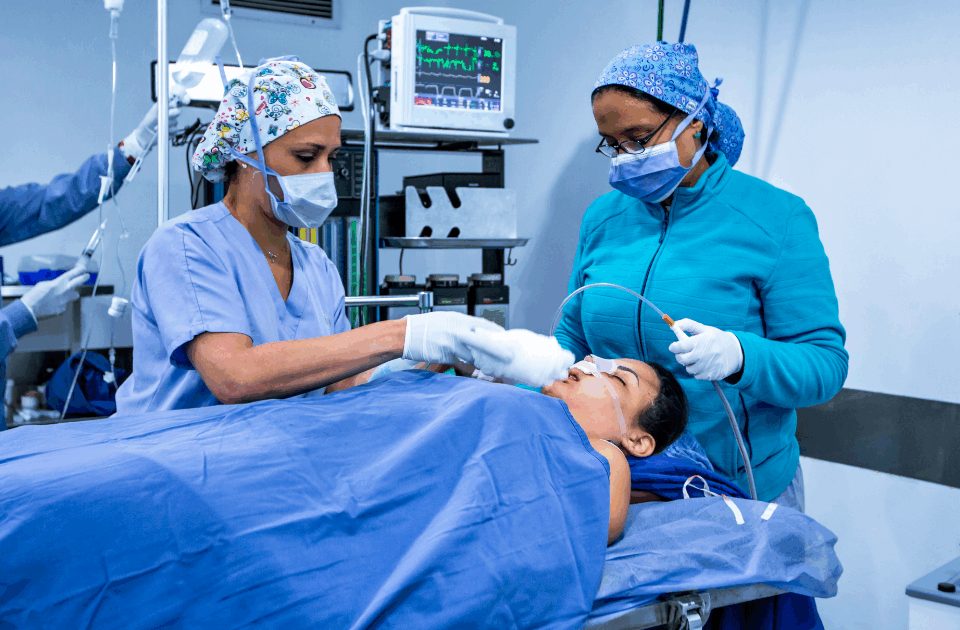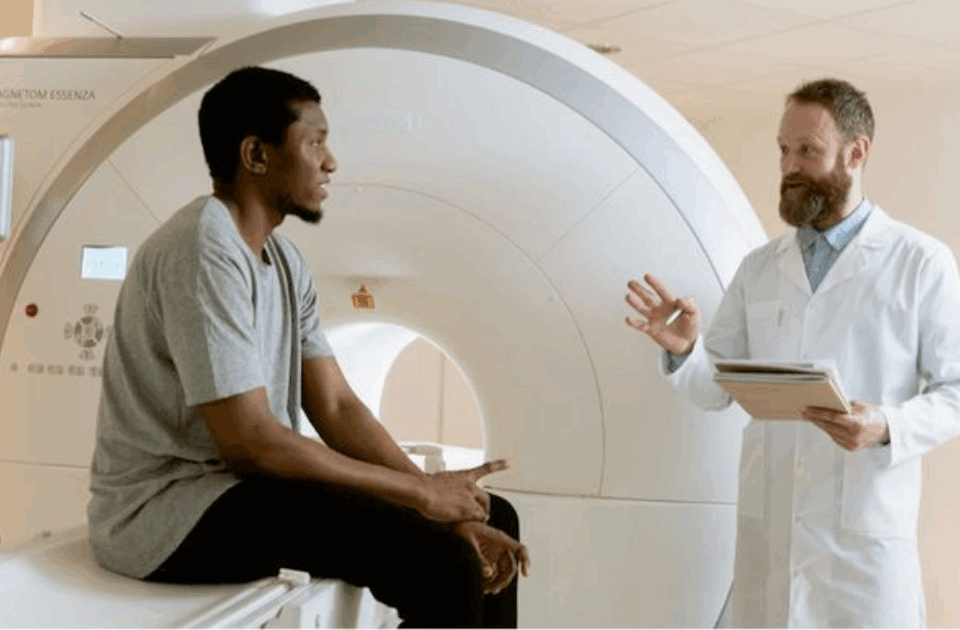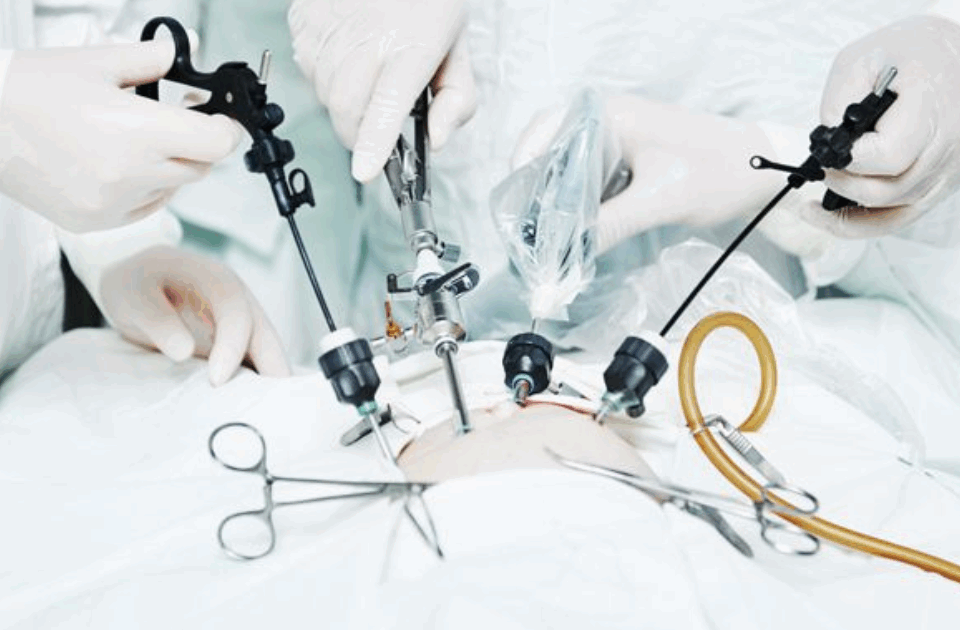
What to Expect Before, During, and After Surgery at Novocare Hospital
September 12, 2025
How to Prepare for Surgery: A Complete Guide to Novocare’s Surgical Services
September 12, 2025- advanced surgical techniques
- faster recovery surgery
- laparoscopic procedure advantages
- Laparoscopic surgery Novocare
- laparoscopic surgery safety
- laparoscopy recovery tips
- minimally invasive surgery
- Novocare hospital surgery
- Novocare patient care
- Novocare surgeons
- Novocare surgical benefits
- Novocare surgical technology
- post-op care
- reduced surgical complications
- robotic-assisted laparoscopy
Introduction
Surgery is often essential for treating a wide range of medical conditions, but the traditional open surgery approach can involve large incisions, prolonged recovery, and higher risk of complications.
Laparoscopic surgery, also known as minimally invasive surgery, is a modern technique that offers smaller incisions, reduced trauma, and faster recovery. At Novocare Hospital, highly skilled surgeons utilize laparoscopic techniques across multiple specialties to improve patient outcomes and comfort.
This article explores:
- What laparoscopic surgery is
- Benefits compared to traditional surgery
- The procedures offered at Novocare
- Preoperative preparation and postoperative care
- FAQs, case studies, and patient success stories
1. Understanding Laparoscopic Surgery
Laparoscopic surgery is a minimally invasive procedure performed through small incisions using specialized instruments and a high-definition camera.
- Small Incisions: Typically 0.5–1.5 cm
- Visual Guidance: High-definition camera projects internal organs on a monitor
- Specialized Instruments: Designed for precision and minimal tissue damage
Key Principle: Reduce surgical trauma while achieving the same or better results as open surgery.
1.1 How It Works
- A small incision is made near the surgical site
- Carbon dioxide gas inflates the area for better visualization
- A laparoscope (thin camera) is inserted
- Specialized instruments perform the surgery under video guidance
- Incisions are closed with minimal scarring
Outcome: Less pain, faster recovery, and reduced complications
1.2 Common Laparoscopic Procedures at Novocare
- General Surgery: Gallbladder removal, appendectomy, hernia repair
- Gynecology: Hysterectomy, myomectomy, ovarian cyst removal
- Urology: Kidney surgeries, prostate procedures
- Bariatric Surgery: Gastric bypass and sleeve gastrectomy
- Colorectal Surgery: Treatment of bowel diseases
2. Benefits of Laparoscopic Surgery
Laparoscopic surgery offers numerous advantages over traditional open surgery, improving surgical outcomes and patient experience.
2.1 Reduced Incision Size
- Smaller incisions lead to minimal scarring
- Lower risk of wound infection
- Less postoperative pain and discomfort
2.2 Faster Recovery
- Reduced tissue trauma enables quicker healing
- Shorter hospital stays compared to open surgery
- Patients often resume daily activities within days rather than weeks
2.3 Lower Risk of Infection
- Smaller incisions reduce exposure of internal organs
- Strict sterile protocols at Novocare further minimize infection risk
2.4 Minimal Blood Loss
- Specialized instruments and precision techniques reduce bleeding
- Often eliminates the need for blood transfusions
2.5 Improved Surgical Precision
- High-definition video and magnified vision allow surgeons to navigate delicate structures
- Enhanced accuracy leads to better outcomes, especially in complex procedures
2.6 Less Postoperative Pain
- Small incisions and less tissue manipulation reduce pain
- Patients require fewer pain medications post-surgery
Table: Laparoscopic vs. Traditional Surgery
| Feature | Traditional Surgery | Laparoscopic Surgery (Novocare) |
|---|---|---|
| Incision Size | Large | Small (0.5–1.5 cm) |
| Recovery Time | Weeks | Days to 1–2 weeks |
| Pain | Moderate to Severe | Mild to Moderate |
| Risk of Infection | Higher | Lower |
| Blood Loss | Higher | Minimal |
| Hospital Stay | 5–10 days | 1–3 days |
| Scarring | Prominent | Minimal |
3. Preoperative Preparation
Novocare ensures that patients are well-prepared for laparoscopic surgery, enhancing safety and outcomes.
3.1 Medical Evaluation
- Comprehensive physical examination
- Laboratory tests: Blood, urine, and imaging studies
- Assessment of chronic conditions (diabetes, hypertension, heart disease)
3.2 Patient Education
- Explanation of the procedure, benefits, and expected recovery
- Instructions for preoperative fasting and medication management
- Counseling to reduce anxiety and improve compliance
3.3 Pre-Surgery Guidelines
- Fasting: Usually 6–12 hours before anesthesia
- Medication adjustments as advised by the surgeon
- Hygiene: Preoperative bathing or antiseptic cleaning
- Transport arrangements: Companion required for discharge
4. The Surgical Procedure
4.1 Anesthesia
- General anesthesia is commonly used
- Monitored by experienced anesthesiologists
- Ensures patient comfort and safety throughout the procedure
4.2 Surgical Process
- Small incisions are made
- Gas inflation creates working space
- Laparoscope and instruments are inserted
- Surgeons perform surgery under high-definition video guidance
- Incisions are closed with sutures or adhesive strips
Benefits: Precision, minimal trauma, and reduced complications
4.3 Duration of Surgery
- Minor laparoscopic procedures: 30 minutes to 2 hours
- Major procedures: 2–5 hours depending on complexity
Table: Example Laparoscopic Procedures
| Procedure | Typical Duration | Recovery Time | Key Benefit |
|---|---|---|---|
| Gallbladder Removal | 1–2 hours | 1–2 days | Less pain, faster return to work |
| Appendectomy | 30–60 min | 1–2 days | Minimal scarring |
| Hernia Repair | 1–2 hours | 1–3 days | Reduced complications |
| Hysterectomy | 2–3 hours | 3–5 days | Less bleeding, quicker recovery |
| Gastric Bypass | 3–5 hours | 3–7 days | Precise, minimally invasive |
5. Postoperative Recovery
5.1 Immediate Recovery
- Patients are monitored in the Post-Anesthesia Care Unit (PACU)
- Vital signs, bleeding, and pain levels are carefully observed
- Pain medications administered as needed
5.2 Hospital Stay
- Most laparoscopic surgeries allow same-day or 1–3 day discharge
- Nurses provide wound care instructions and dietary guidance
5.3 Home Care
- Wound care: Keep small incisions clean and dry
- Diet: Gradual return to normal diet as recommended
- Activity: Light activity is encouraged, avoiding heavy lifting
- Follow-Up: Scheduled visits to monitor healing
Table: Laparoscopic Recovery Timeline
| Postoperative Day | Activity | Guidance |
|---|---|---|
| Day 1–2 | Rest, light walking | Monitor pain and wound |
| Day 3–5 | Resume daily activities | Avoid strenuous effort |
| Week 1 | Follow-up check | Ensure proper healing |
| Week 2–4 | Gradual exercise | Rebuild strength |
| Month 1 | Full activity | Resume work and routine |
6. Frequently Asked Questions (FAQs)
Q1: Is laparoscopic surgery safe for all patients?
A1: Yes, but suitability is determined after a thorough evaluation.
Q2: Will I have large scars?
A2: No, laparoscopic surgery uses small incisions with minimal scarring.
Q3: How long until I can return to work?
A3: Minor procedures: 1–3 days; major procedures: 1–2 weeks.
Q4: Are there any risks?
A4: Risks are minimal but may include bleeding, infection, or organ injury; experienced surgeons minimize these risks.
Q5: Can children undergo laparoscopic surgery?
A5: Yes, pediatric laparoscopic procedures are performed with specialized care.
Q6: Is laparoscopic surgery more expensive than open surgery?
A6: Costs vary, but benefits like shorter hospitalization and faster recovery may reduce overall expenses.
Q7: How is postoperative pain managed?
A7: With prescribed medications and minimally invasive techniques that reduce tissue trauma.
Q8: Are robotic-assisted procedures available?
A8: Yes, Novocare offers robotic laparoscopy for enhanced precision.
Q9: How soon can I resume physical activity?
A9: Light activity within days, heavier activity as advised by your surgeon.
Q10: What precautions should I take at home?
A10: Follow wound care instructions, maintain diet, avoid strain, and attend follow-ups.
7. Patient Success Stories
Case 1: A 40-year-old underwent laparoscopic gallbladder removal. Discharged in 2 days with minimal pain and returned to work within a week.
Case 2: A 55-year-old patient had laparoscopic hernia repair. Small incision, reduced pain, and faster recovery than expected.
Case 3: A 30-year-old underwent laparoscopic hysterectomy. Recovery was smooth with minimal scarring and early return to normal activities.
Conclusion
Laparoscopic surgery at Novocare Hospital offers a less invasive, safer, and faster recovery alternative to traditional surgery. Benefits include:
- Minimal scarring and pain
- Reduced risk of infection and bleeding
- Shorter hospital stays and quicker return to work
- Precision through advanced technology and experienced surgeons
Choosing Novocare for laparoscopic surgery ensures a patient-centered, safe, and effective surgical experience.




